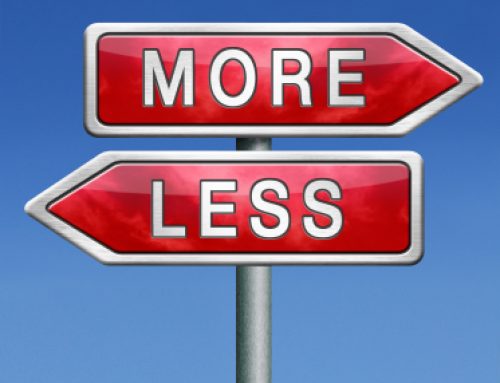 One thing I strongly recommend to my clients is to put some thought into those characteristics and personality traits they most desire to find in The Right One. This is a good thing because it compels you to identify those things that are most important to you and to use this information to avoid dating people who don’t fit into the description. It’s a checklist, really, designed to help you sort through potential dates and put your time and effort only into those who are most likely to be compatible with you.
One thing I strongly recommend to my clients is to put some thought into those characteristics and personality traits they most desire to find in The Right One. This is a good thing because it compels you to identify those things that are most important to you and to use this information to avoid dating people who don’t fit into the description. It’s a checklist, really, designed to help you sort through potential dates and put your time and effort only into those who are most likely to be compatible with you.
The problem, though, is that it’s easy to get hung up on your checklist. Yes, it’s a good idea to know what characteristics are most important to you, but when you become inflexible about those criteria, you end up missing out on many interesting people. Why? They don’t match enough of the must-have items on your checklist.
I call this ‘Checklist Syndrome’ and it’s something you can easily avoid if you’re careful and alert. Start by keeping track of how many potential dates you consider. How many of them do you end up rejecting because they don’t fit your checklist exactly?
The best way to deal with this problem is to re-visit your criteria, paying special attention to how many of them are flexible and how many of them are inflexible. If you’ve been rejecting a lot of potentials lately then perhaps some of your criteria are too inflexible and need to be adjusted.
Don’t reject potentials so soon
Every time you hear about or are introduced to a potential date, you automatically start to go through your checklist of criteria. Sometimes this is a deliberate process and other times it is almost a subconscious process, making judgments about suitability in a reflexive rather than a deliberate manner.
It’s perfectly understandable, really. However, the assumptions we make about the opposite sex and their individual characteristics are often inaccurate, flawed, or based on stereotypes and judgmental beliefs.
Some of the most common areas we make assumptions about quickly and sometimes unconsciously include the following:
· First impressions;
· Social skills;
· Physical attributes;
· Your vision of the ideal man or woman;
· Character, intelligence, and ambition;
· Status, wealth, and social standing.
So what’s the solution?
The solution is to develop a better, more productive habit of dealing with potential dates, a process that is slower to reject a person based on these kinds of common assumptions.
In fact, I tell my clients.
“The yardstick on whether to go on a second date is not ‘how much you like the person’, but ‘how little you dislike the person’.”
If there is nothing you do not like about him or her, or if you are ‘on the fence’, my advice is, go for it! As much as you are giving the other person a chance, you are also giving yourself a chance!


